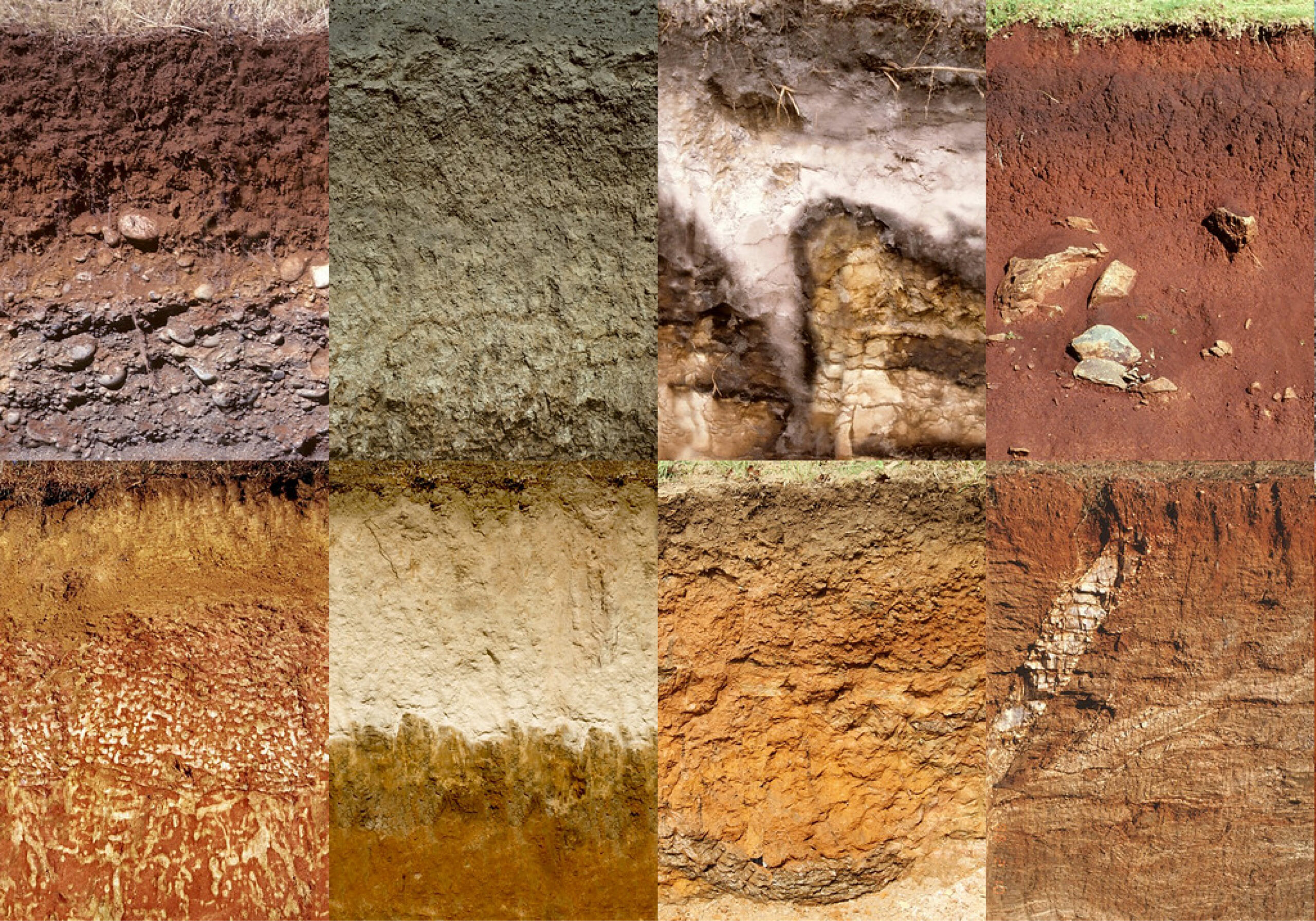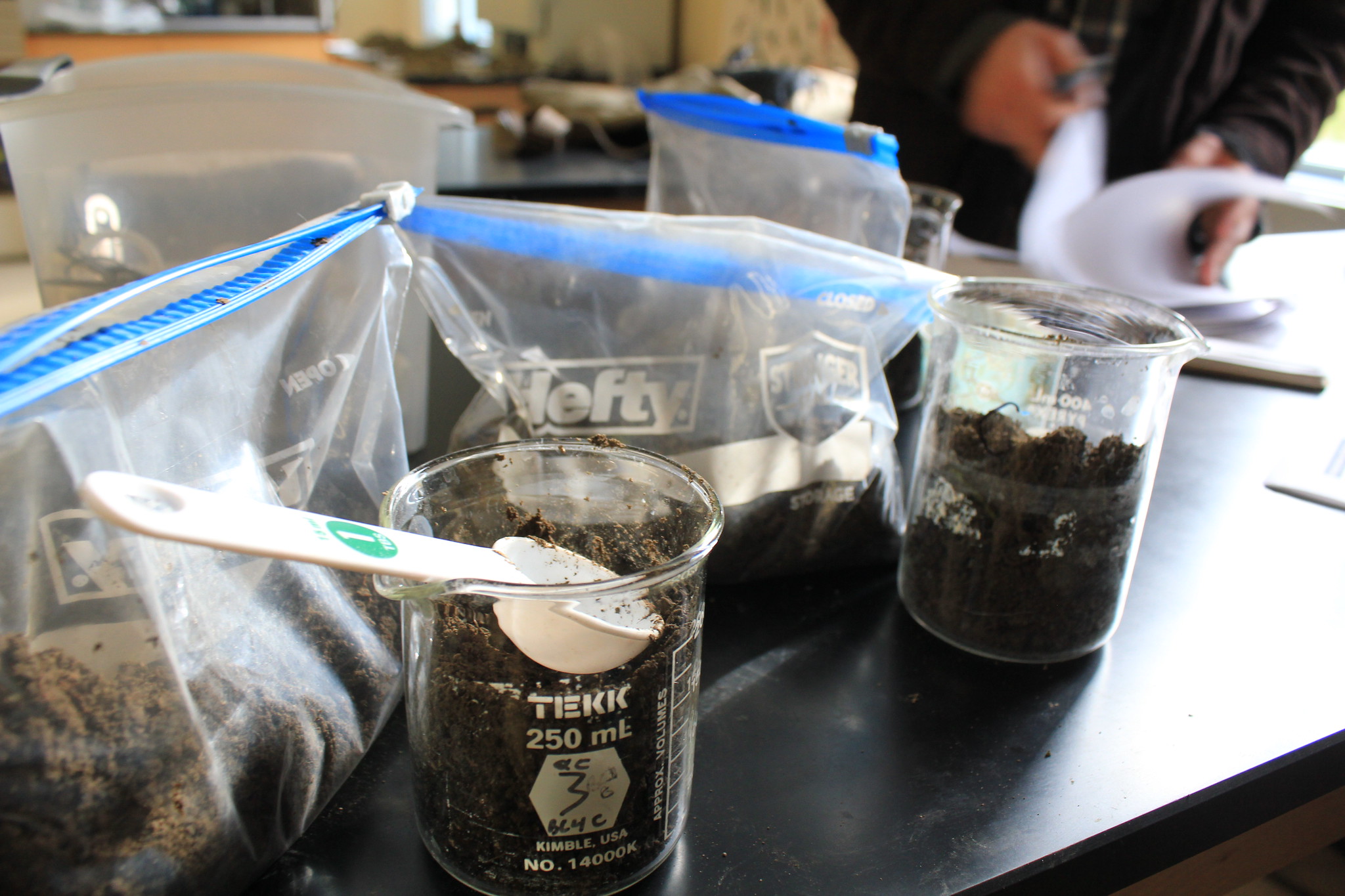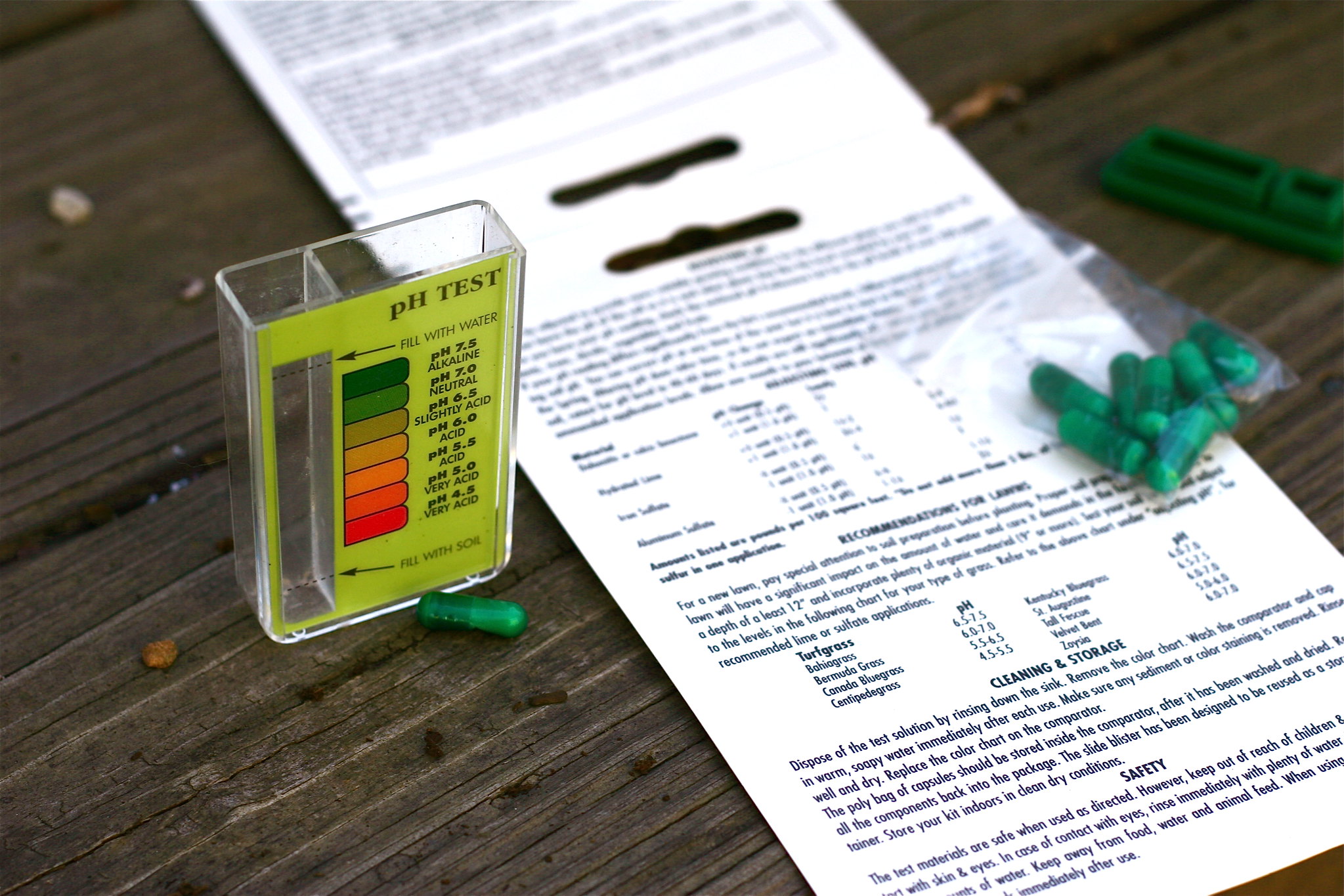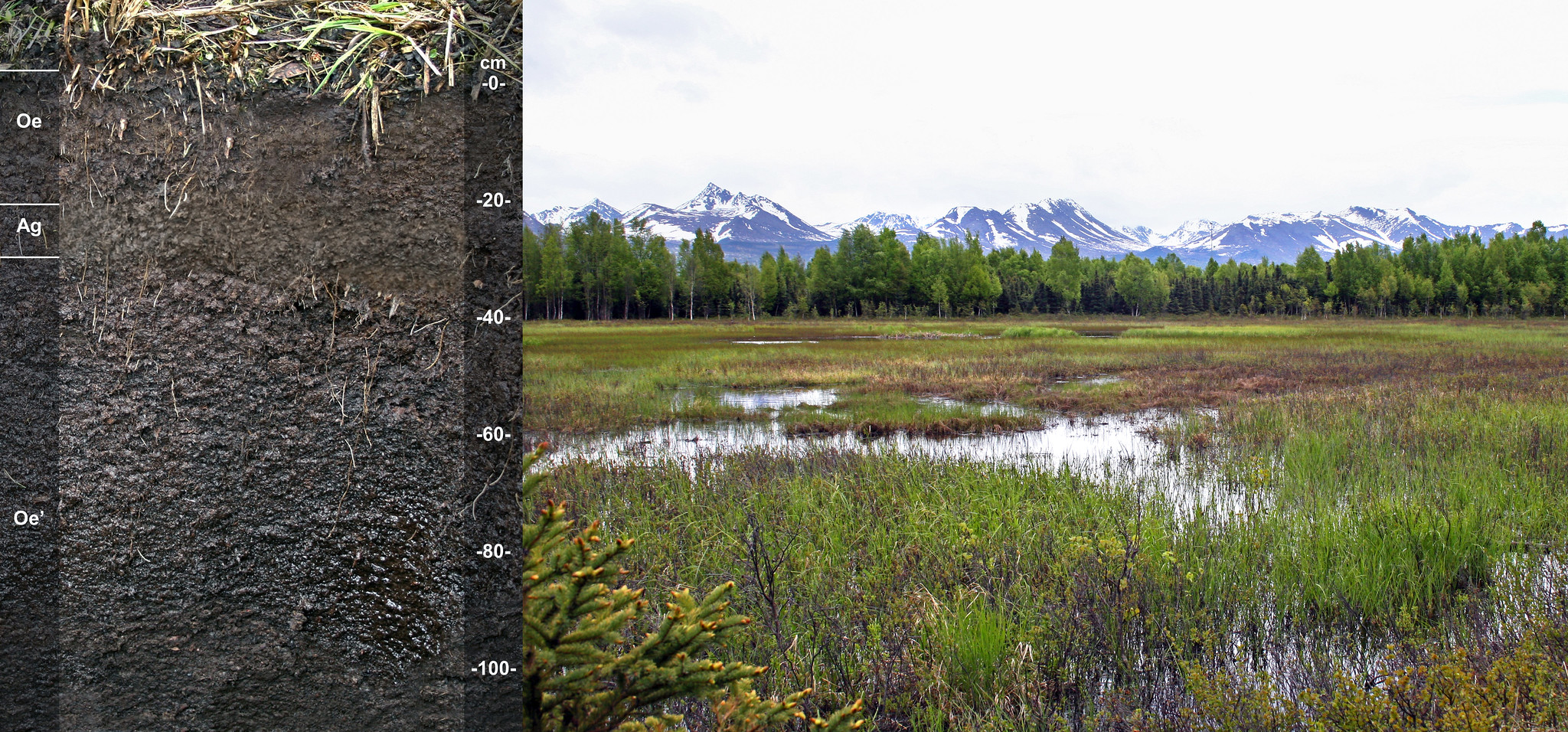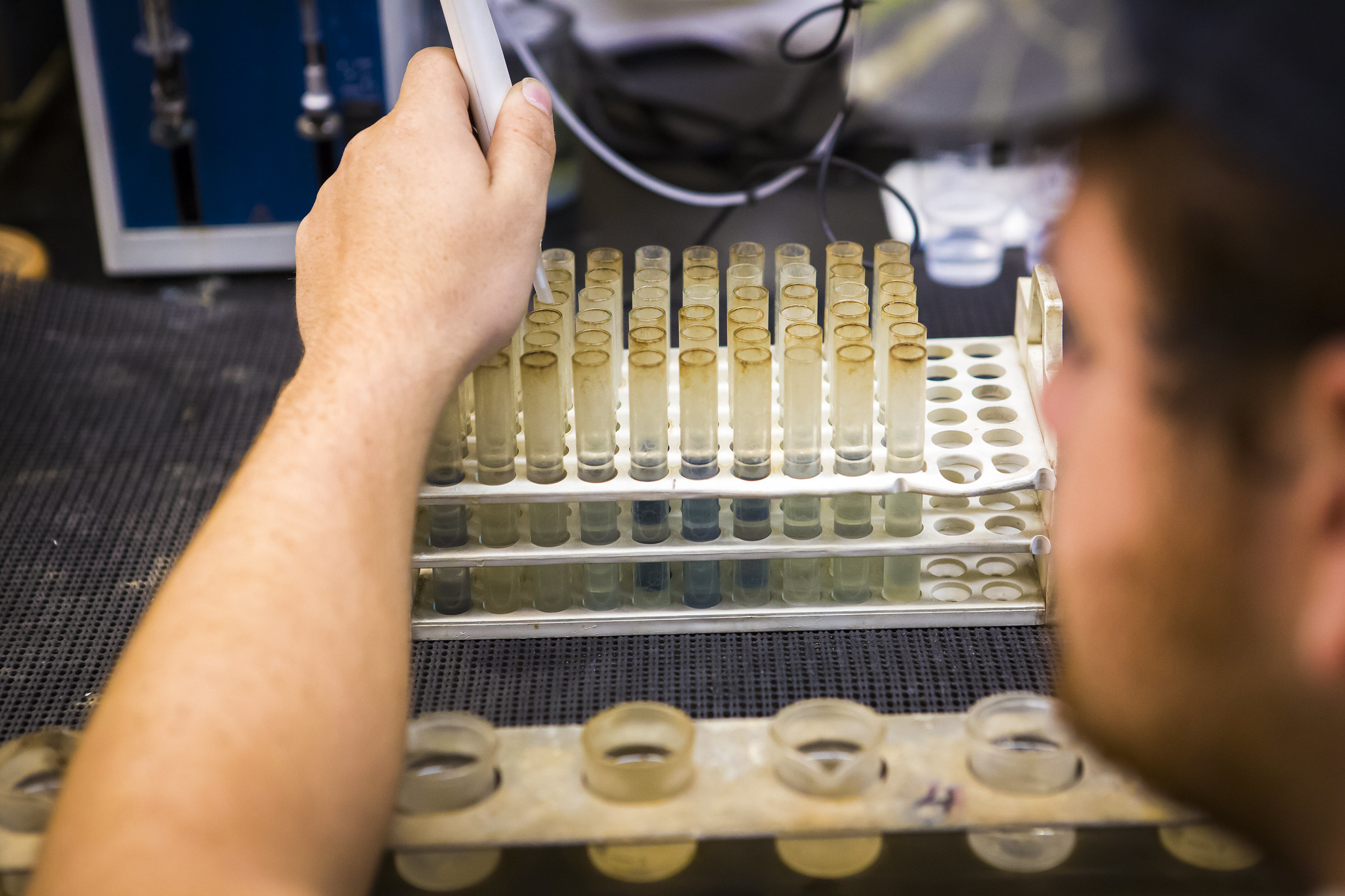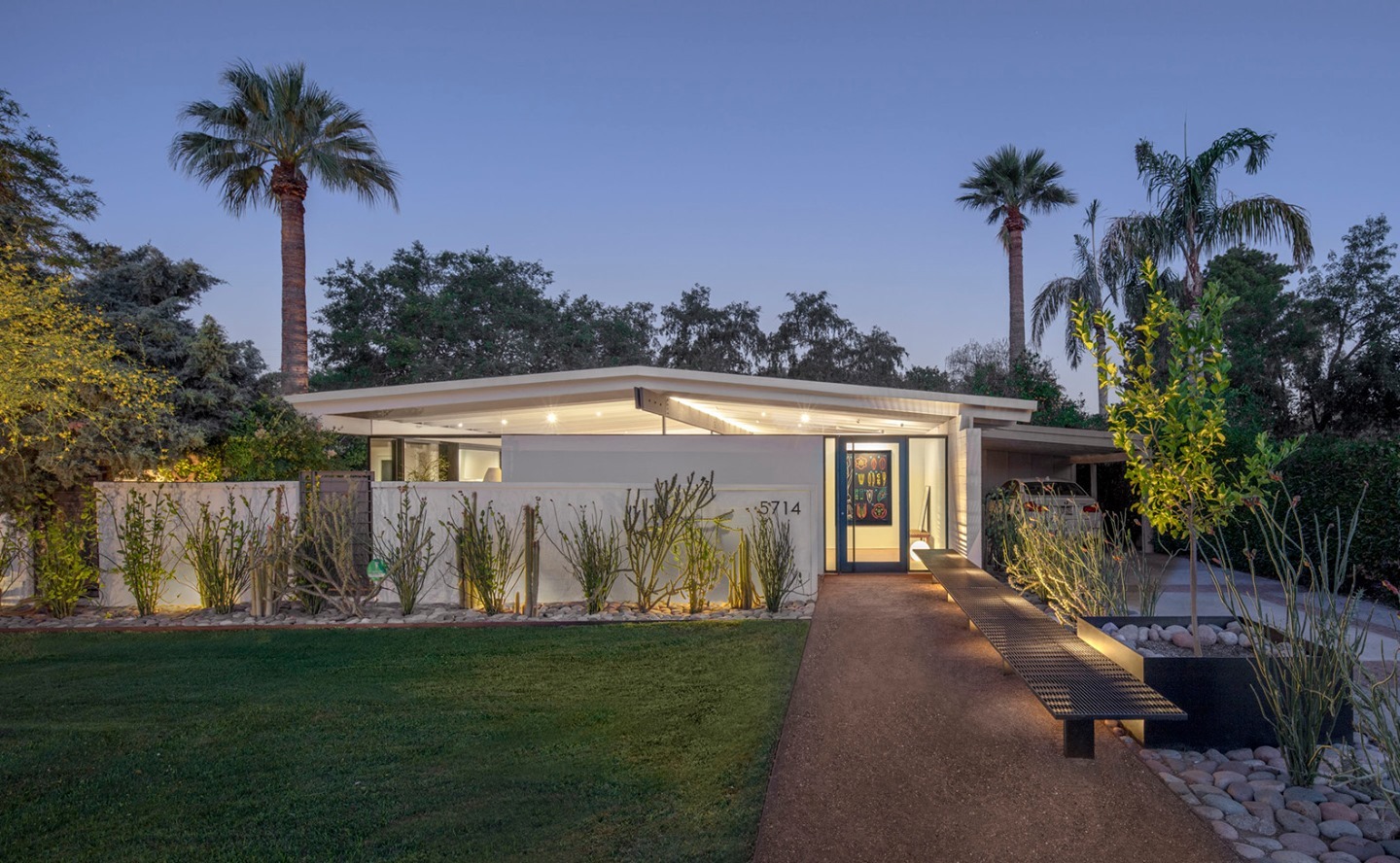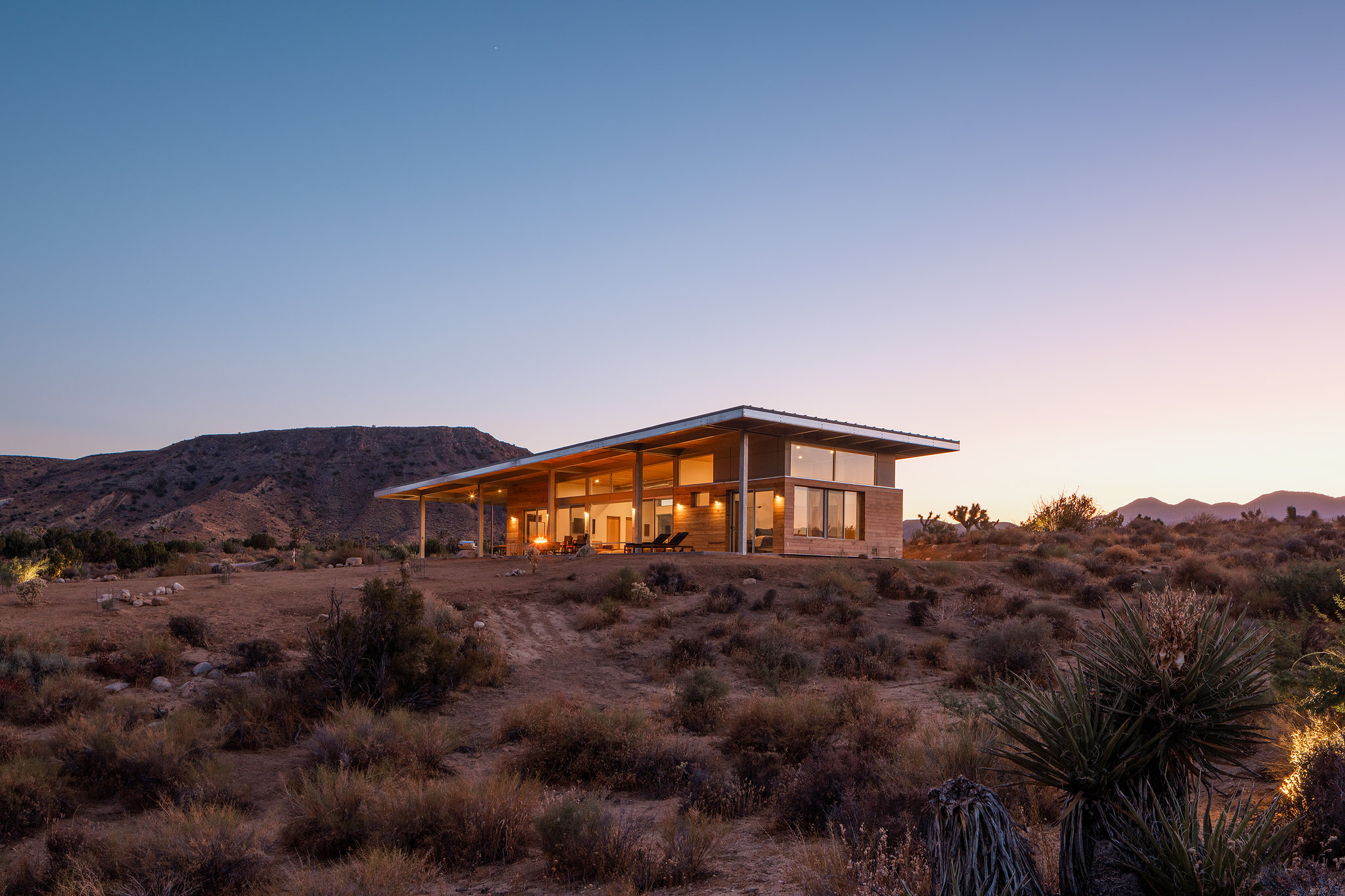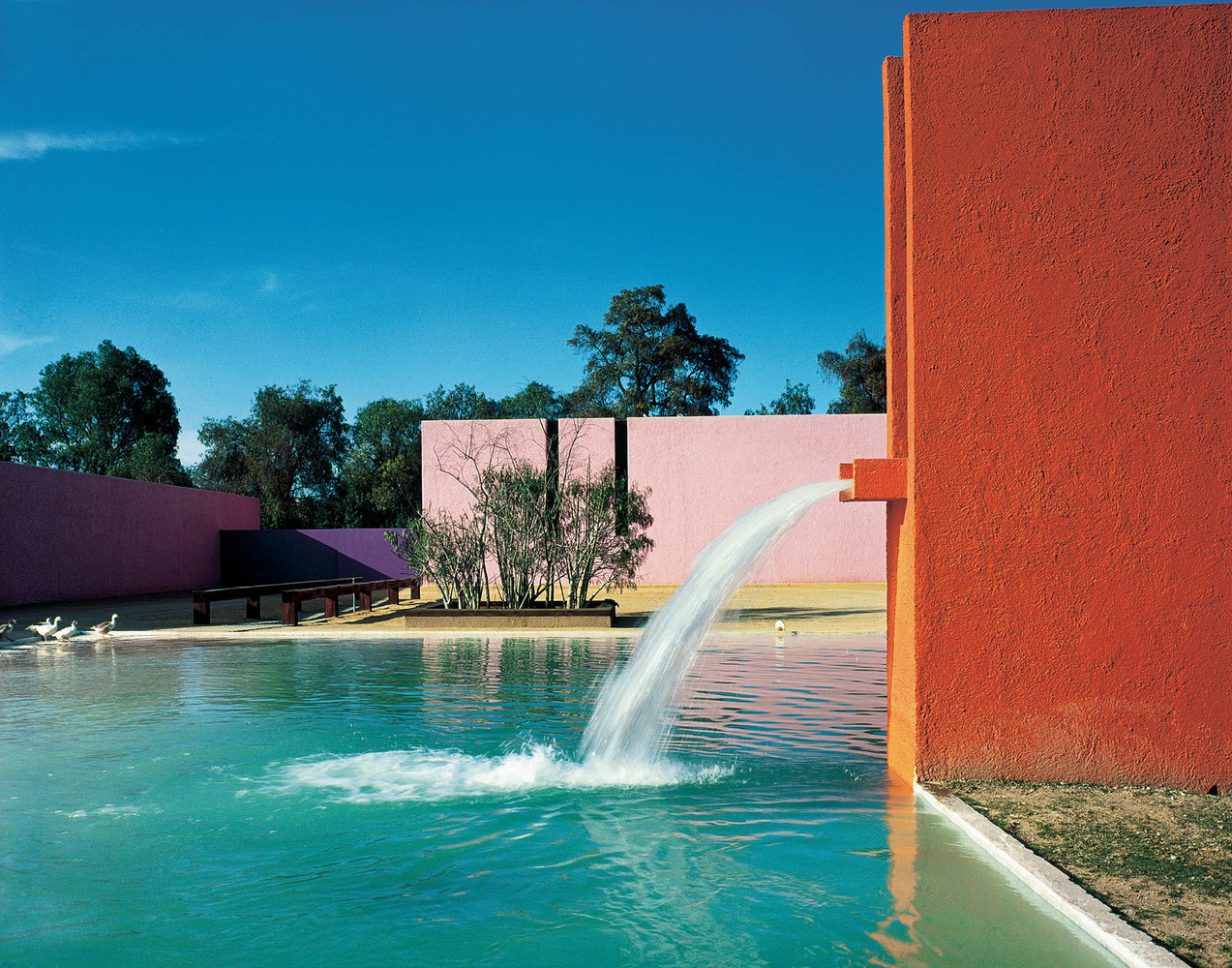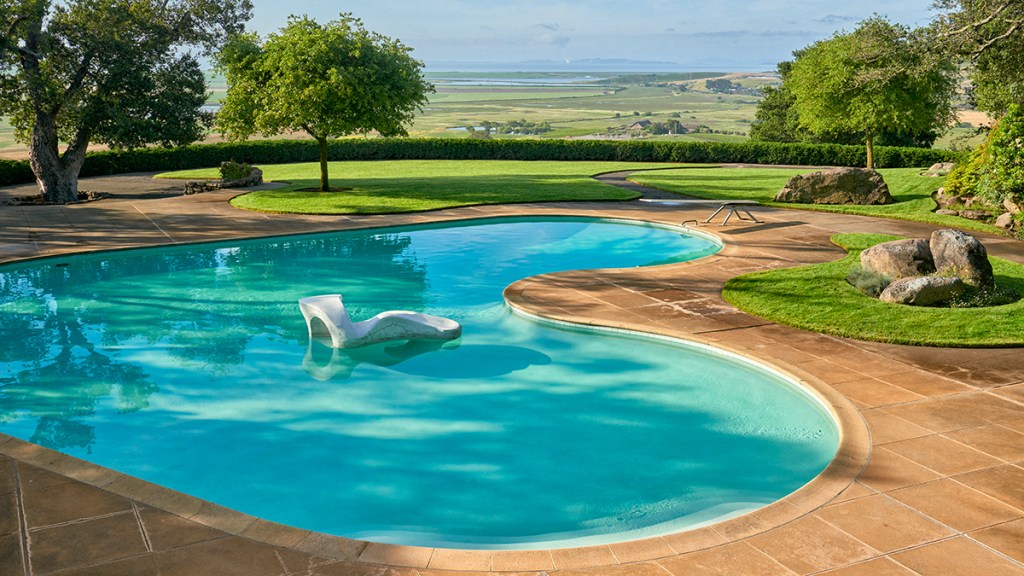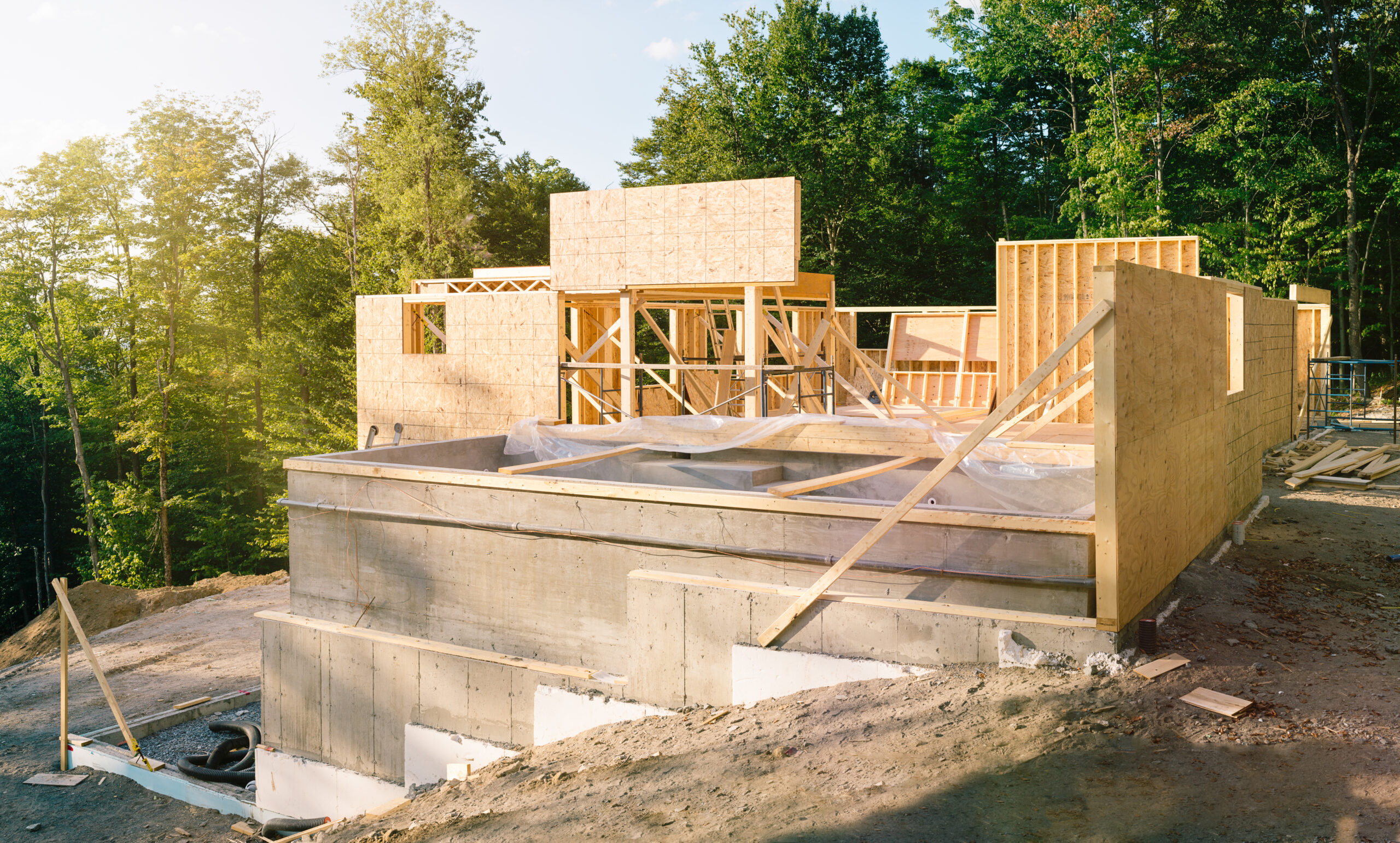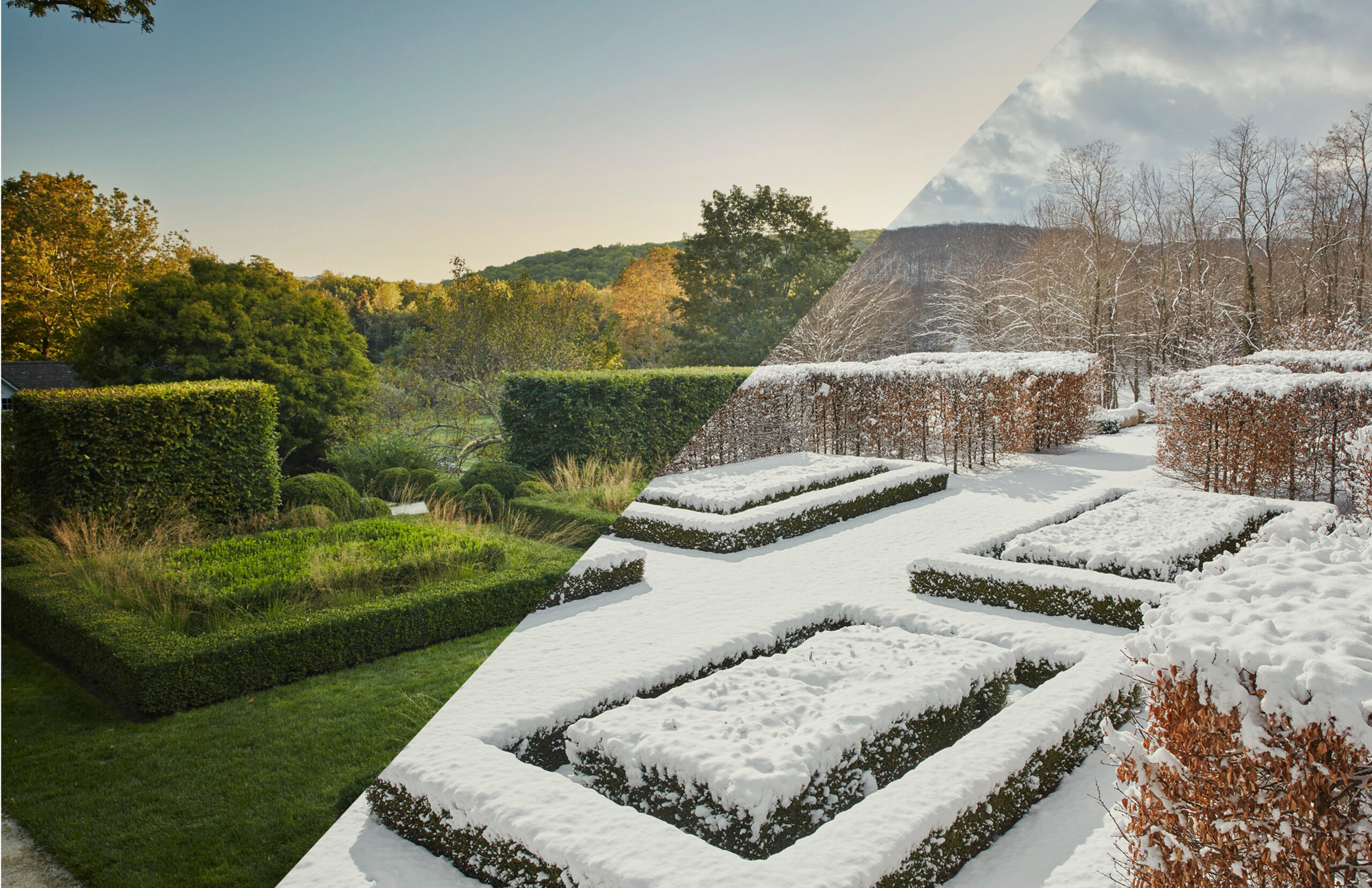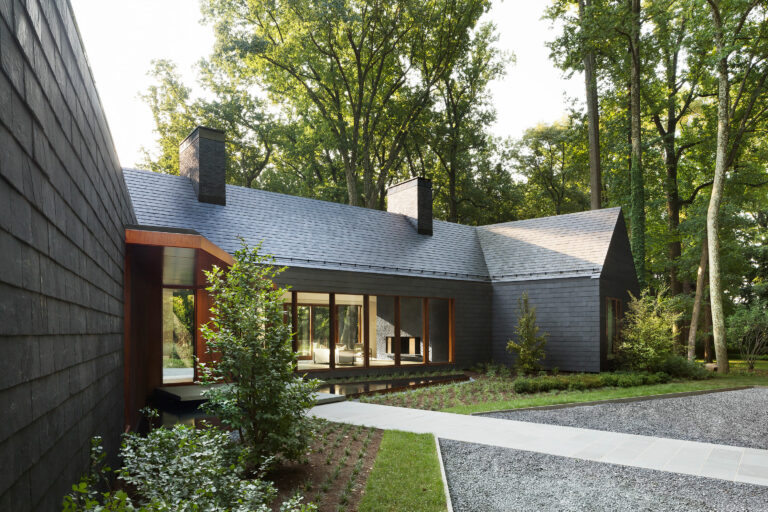Soil testing can be an excellent way to determine the type of nutrient content in your soil. It can help you identify whether your soil can absorb the nutrients your plants need, and it can tell you if your soil has the potential to respond favorably to a fertilizer application.
There are several reasons why testing the soil for nutrients, weeds, and depth is essential for installing a landscape. The first reason is that it helps you make the best planting decisions possible, so plants thrive and not die.
It’s also important to know the pH levels and depth of the soil before you begin work. Soil testing is a valuable tool, whether you’re a landscaping company or a homeowner.
Test for Nutrients
Soil tests are a vital part of any landscape maintenance program. They can help you save time and money by providing specific information about the conditions of your soil. These tests can identify the nutrients that are lacking, and can lead to specifying the correct plants.
The best time to test soil for nutrients is before planting. Once you have a sample, you can send it to a laboratory for analysis. You will get a report that will tell you the pH level of your soil and whether or not you need to add nitrogen (N), potassium (P), or phosphorus (K) – the primary nutrients in fertilizer.
Knowing the nutrients in your soil will help you avoid overfertilization. Overfertilization can lead to unhealthy plants and even some diseases. In addition, overapplied fertilizers can wash into natural bodies of water and can harm the environment.
A good rule of thumb is to take 10 samples per area. Soil tests can be done with little disturbance to existing plants. When you know what is missing in your soil, you can easily determine how to amend it. Also, soil tests can prevent burning or stunted plant growth.
Whether a novice or pro, soil testing for nutrients is an easy and quick way to determine what plants thrive in acidic or alkaline soils. If an alkaline plant is in soil that is too acidic, it can cause damage to the roots. A well-balanced soil will create stronger, healthier plants.
Click here to read “Why native plants are best for landscapes?”
TOP LANDSCAPE BOOKS
-
Sale!

Walker Edison GZAN4PCBRB Paje Lounge Sets, Brown
$ 1,085.00Original price was: $ 1,085.00.$ 674.00Current price is: $ 674.00. Learn More -

Roccbox Pizza Oven by Gozney | Portable Outdoor Oven | Gas Fired, Fire & Stone Outdoor Pizza Oven – New Olive Green
$ 499.00 Learn More -

Outdoor Solar Powered Floor Lamp 2 Piece Different Size Modern Outdoor Decor Lanterns with Edison Bulbs Waterproof Solar Light for Patio,Pool, Lawn, Porch, Garden
$ 89.99 Learn More -

Jaxx Juniper Outdoor Bean Bag Patio Chair, Navy Stripes
$ 169.99 Learn More
Test for pH Levels
When installing landscapes, it is vital to test the soil for pH levels. The pH value of a soil is a measure of its relative acidity. The pH scale ranges from 0 to 14 and is logarithmic. A low pH means the soil is relatively basic, while a high pH indicates it is highly acidic. Generally, the soil is acidic if its pH is below 7.0, and it is alkaline if its pH is above 7.0.
There are several ways to test the pH of your soil. You can either do it yourself or send a sample to a lab. If you are a DIY enthusiast, you may perform a simple baking soda and vinegar test. This test is a good way to know the pH of your soil without investing too much money.
For many plants, slightly acidic soil is ideal. Most vegetables and fruits grow well in this type of soil. Other plants, such as rhododendrons, require more acidic soil. However, some plants, such as azaleas and mountain laurels, can handle a wide range of soil pH.
Testing the pH of your soil is easier than you might think. As long as you follow the instructions and protect your hands from rust, you can successfully complete a test at home.
You can get a test kit from a local store. They usually cost anywhere from $15 to $120. These kits are designed for specific types of soil. The more expensive ones provide more accurate information.
Depending on your soil, you can also test the pH of the soil by using a test strip. These strips can be purchased from garden centers and hardware stores. But they aren’t as accurate as the lab test.
You will need a small container, clean shovel, and bottle of distilled water to test your soil for pH. Use the smallest container you can find to test for the most accurate results.
Test for Soil Depth
A soil test can help you to determine the depth of the soil you are using when installing landscapes. This information is necessary to properly care for your plants. Soil is a vital source of nutrients for your plants. The soil type you use affects its nutrient-holding capacity, drainage, and overall health. Ideally, get your soil tested at least once a year to ensure your plants are getting the necessary nutrients.
The best way to collect a sample is with a soil coring tool. This tool will allow you to take a sample from your site. It is recommended to collect a minimum of 10 subsamples to get an accurate assessment of your soil’s composition.
To submit your soil sample, you can mail it to a lab or drop it off at your local cooperative extension office. Make sure you complete the soil test report form accurately – incomplete forms delay the testing process, but you should expect results to be mailed in two weeks.
Your soil test results are only as good as the quality of the soil sample you send to the testing lab. If your soil is heavy or has a high percentage of clay, it will likely be saturated and unable to support the level of plant growth you expect.
Soil texture is another key parameter. Clay soils tend to retain nutrients better than sandy soils. You can interpret the texture by rubbing the sample between your fingers, or by examining the proportion of sand and silt in the sample. The higher the proportion of clay in the sample, the more dispersive the soil. It is also a good indicator of moisture retention.
Where to get soil tested?
Soil tests are designed to provide a comprehensive list of the nutrients and other materials needed by plants. The results can help you make more informed plant selection decisions and save money on fertilizers that don’t work.
If you are interested in finding out more about the various types of soil tests, you can consult your local Cooperative Extension office or the Natural Resources Conservation Service. Many universities offer affordable soil tests through their Cooperative Extension Services. Depending on the testing lab, you can expect to receive your results in two weeks.
Otherwise, soil tests can be found at various garden supply stores or online at Amazon. Most soil testing labs can be contacted via the Internet, and several soil test kits are also available. They vary in price, the average cost ranging between $20 and $50.
Commercial labs are typically tasked with performing soil. They are more accurate than do-it-yourself kits and often include professional interpretation of the results. Click here for a list of state-by-state soil testing labs.
